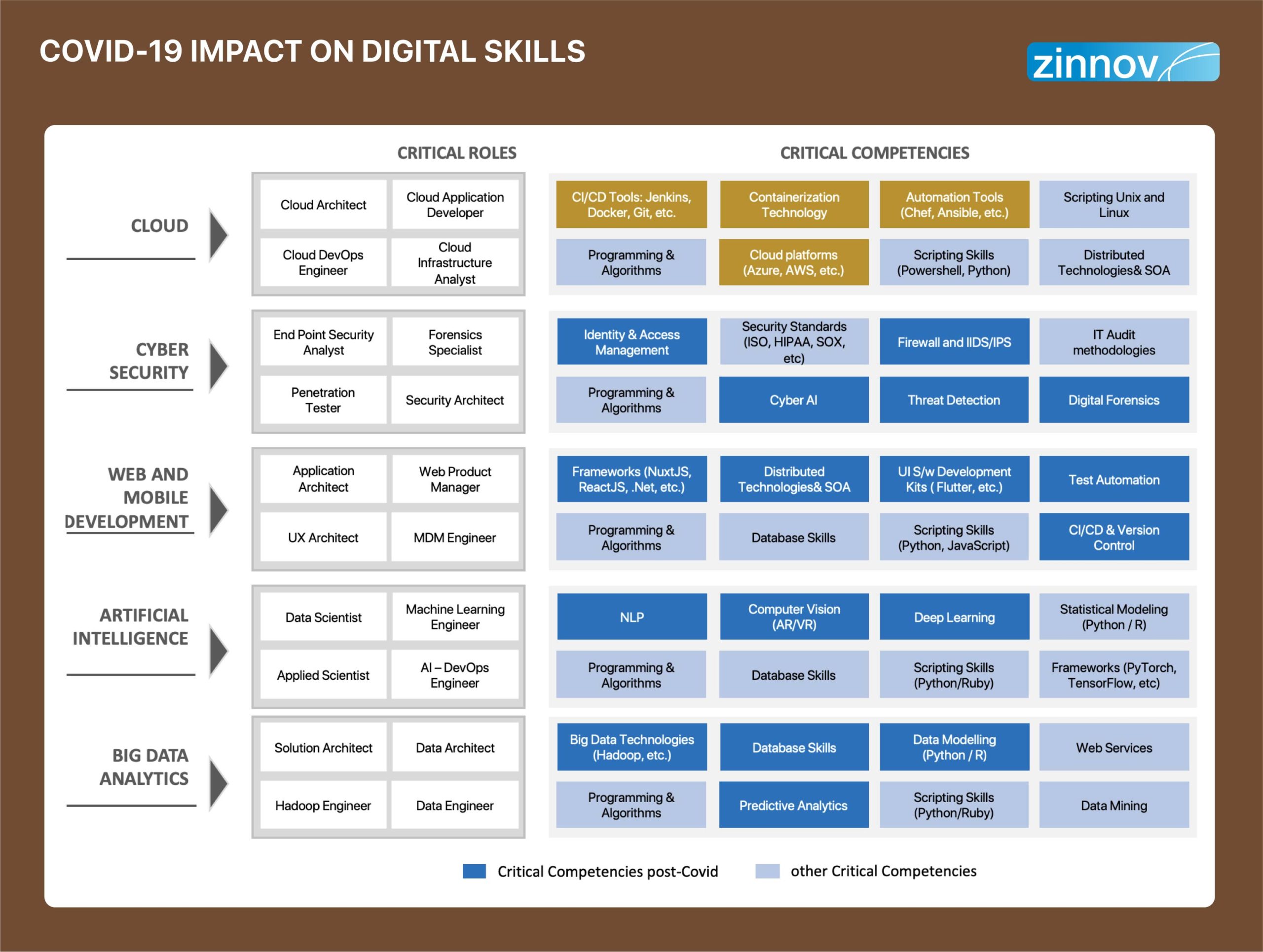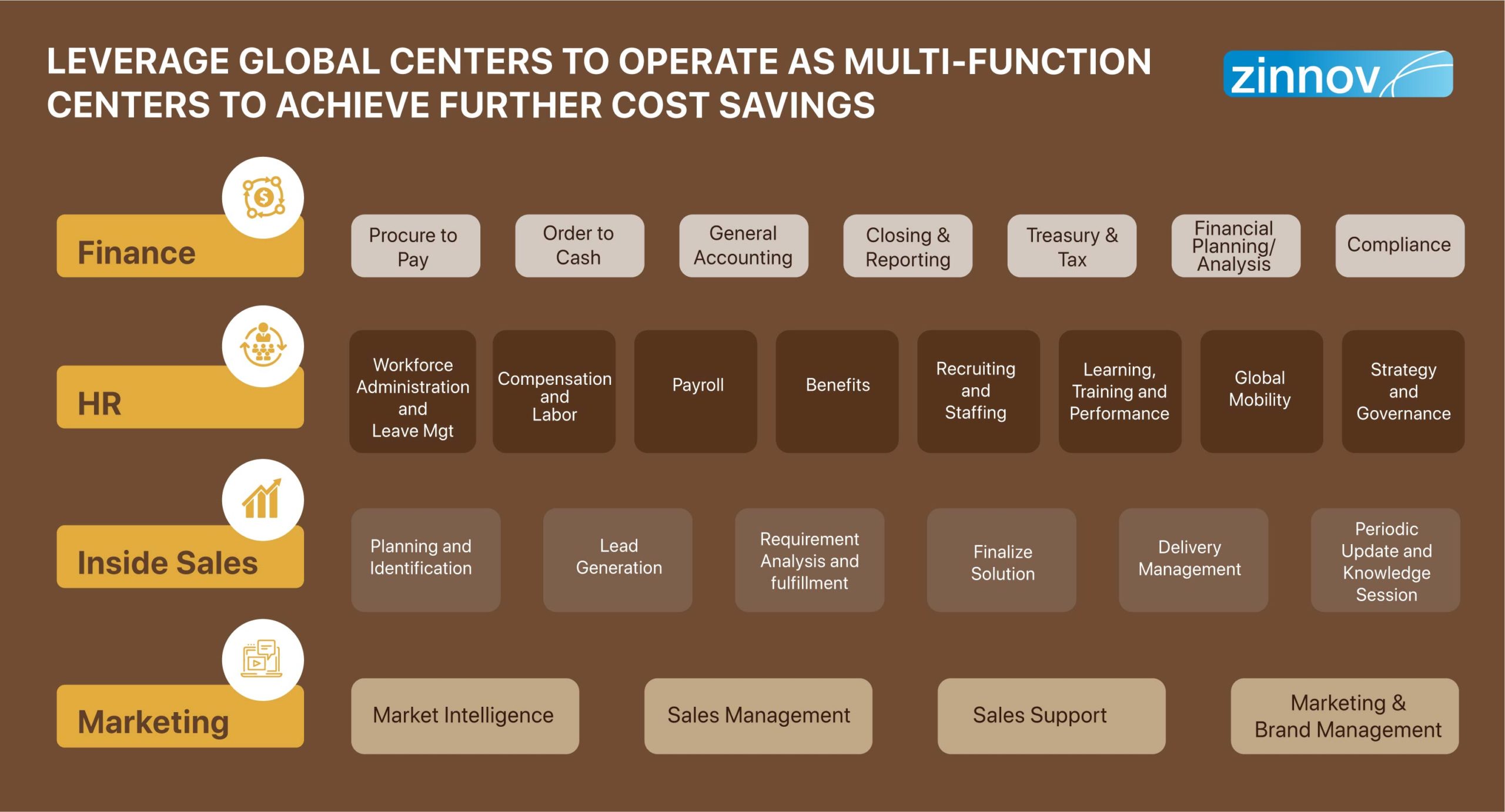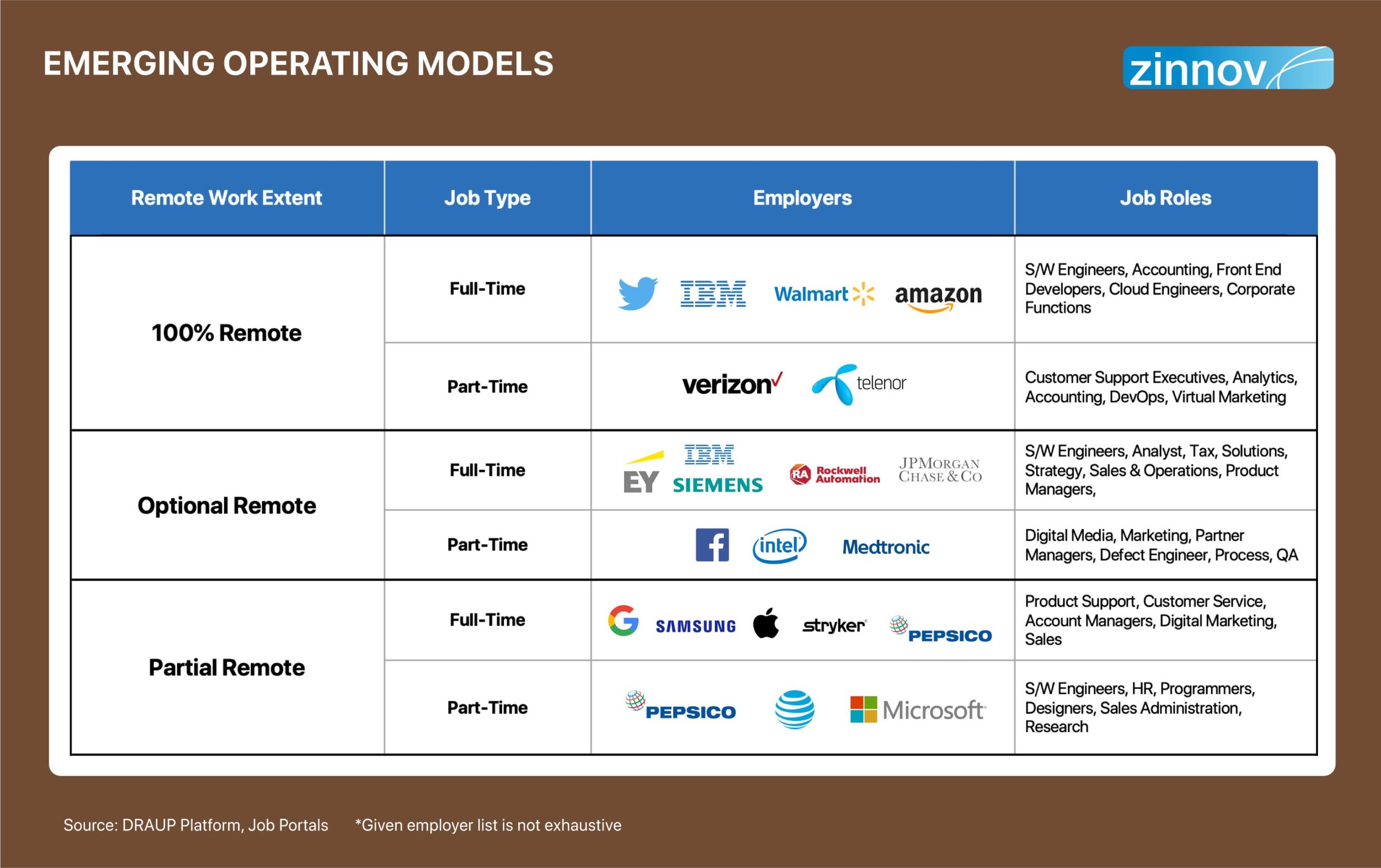|
|
‘Cost Optimization’ – A critical conversation and a crucial conundrum that businesses worldwide are grappling with, triggered by a global crisis triggered by COVID-19.
While cost optimization has always been a mandatory entry in the agendas of global leaders, the pandemic has brought about a sense of urgency to the process.
Furloughs, layoffs, downsizing – are the terms commonly associated with ‘cost’ that send ripples of panic, insecurity, and unrest among the employees in organizations across the globe. But is there more to cost takeout than mere reduction of headcount? What is the more sustainable and scalable approach to implementing talent-related cost optimization? What are the new operating models that have emerged as a result of the COVID-19 situation, and how do they aid in cost saving?
Leveraging affordable talent in low cost locations is a time-tested approach to cost optimization, and its importance is reemphasized during these COVID-19 times. Case in point, a US-based Enterprise Software company operating in the talent management space set up its centers in India and Poland – Around 60% of the total engineering headcount is based out of the two countries.
Having globally distributed teams not just optimizes cost, but also ensures that business continuity is not hampered in case of a crisis in one location.
Primarily, organizations look at setting up global centers for these reasons – to access talent that aligns with new roles and skills, to achieve growth/scale or to innovate, and to leverage global centers to operate as multi-function centers – with cost as a factor interwoven across all three.
In the wake of COVID-19, multiple roles and skillsets have emerged and are gaining prominence. A case in point is the demand for cybersecurity professionals, which is soaring as the potential for attacks has immensely increased during remote working due to increase in phishing attacks that are targeting organizations and individuals. In fact, cybersecurity demands have risen from 10% of total IT requirements to 15% during the pandemic, and is expected to rise to 20% after the lockdown lifts.

Here’s an illustration that presents a snapshot of the critical roles and competencies with the ones that have surfaced post-COVID highlighted
In order to gain access to affordable talent that specialize in the above skills and competencies, organizations are keen to expand their globalization footprint.
Growth/scale, and innovation are key drivers of globalization. So, how do organizations optimize costs while doing so? A quintessential example of investing in innovation while optimizing cost – A large enterprise software company, with a view to drive engineering efficiencies and formulate the growth plan for the next 5 years, optimized its global centers from 33 locations to 16. It also set up of two engineering centers in India with a capacity of 300 people, forged strategic partnerships, and gained access to better talent.
This resulted in a cost saving of 15% with respect to the annual R&D spend, while enabling the organization to invest in innovation in a low-cost location with good talent. Another example of cost optimization interwoven with globalization is leveraging global centers to operate as multi-function centers.

The globalization narrative has gained momentum like never before with the effectiveness of remote working tested extensively, courtesy, COVID-19. What are the operating models that have emerged as a result of the COVID-19 situation? What are the cost savings and hidden costs incurred as a result of the new-age operating models?
What started off as a mandate to ensure employee safety turned out to be a litmus test for organizations to gauge the feasibility of remote working. Three predominant working models have emerged in the wake of COVID-19, with immense scope for long-term implementation. They include fully remote working without office, a combination of a centralized office and working from anywhere, and a combination of a centralized office and working from home.
Companies with this model have employees distributed all over the globe, across different countries and time zones. An example of an organization that has implemented this model is Amazon. All the corporate office employees have been asked to work from home for a short period till notice, along with plans to soon reopen business partially. A relief fund of USD 25 Million has been initiated for employees working in fulfillment centers and delivery drivers, who cannot operate remotely. Initiatives worth USD 500 Million have been undertaken to increase the wages of existing workers, and to hire at least 75,000 more on site jobs ranging from warehouse staff to delivery drivers to deal with the demand surge in the US. Amazon has cut down on operating profits to strengthen the on-site workforce and enable work from home infrastructure.
With this model, employees are bestowed with the leeway to work from office or from any place they feel suitable – they can choose any location with good infrastructure, in order to ensure uninterrupted working.
An organization that has adopted this model of working is Facebook. Facebook is all set to perpetuate the work from home culture for at least 50% of its 48,000-strong workforce in the next five to ten years. The organization is planning to reopen its offices in July 2020. The engineers with strong performance reviews will be the first group allowed to apply for permanent remote working. Contract workers like Content Moderators (~15,000) are to continue working from offices, considering the sensitivity of their work. The compensation for employees (except executive-level roles), are to be adjusted according to the cost of living/labor costs in the location where they are carrying out remote work from.
Facebook is gaining a recruiting advantage by aggressively opening hiring of approximately 10,000 remote workers by capitalizing on the thousands of layoffs in many Silicon Valley start-ups. The new permanent work-from-home policy is turning out to be a powerful recruiting and retention tool for Facebook.
Companies operating in this model allow employees to work primarily from office, but with the flexibility to occasionally work from home, in case of high requirement.
Google has adopted this model where it has enforced remote work for the majority of the workforce till at least 2021, and the reopening of the offices is slated for this July. Restrictions have been imposed on expense perks and reimbursement policies. Extensive investments have been made to create enabling workspaces at home for employees by offering allowances of up to USD 1,000 per head and infrastructural support. The offices, when opened in July, will have 10-15% of the employees deemed critical to the business, to work on site.
All three of these models have their own merits and demerits, and varying degrees of optimality. The onus, therefore, lies with the organization to consider internal factors such as composition of the workforce, the nature of the job roles, data security, etc., and external factors like the COVID-19 crisis, economic slowdowns, government regulations, etc, and zero in on the model that works best for them. Here’s an illustration that lists the various organizations that have adopted the above-mentioned working models.

The cost savings achieved by adopting the work from model amounts to 50-70%.
However, there are hidden costs that are incurred in a work from home model. They include allowances cost, onsite meetings cost, infrastructure (remote) cost, data privacy-related costs, intangible costs such as absenteeism due to lack of motivation in a remote working setup, employee healthcare costs, and the costs involved in adoption of digital platforms.
IBM experimented with the work from home concept with five of its employees in as early as 1979. By 1983, roughly 2,000 IBM employees worked remotely. Since 1991, AT&T has freed up some USD 550 Million in cash flow, which is a 30% improvement from its earlier cash flow, by eliminating office spaces. Now, COVID-19 has challenged the rules of ‘collocating for efficiency,’ proving the sustainability of this model that a few organizations had championed long before the pandemic hit.
While the survival of many a business is continuously challenged by unprecedented disruptions, the organizations that are nimble enough to adapt to evolving working models, talent trends, and sustenance strategies, are the ones to successfully emerge on the other side of this global phenomenon.